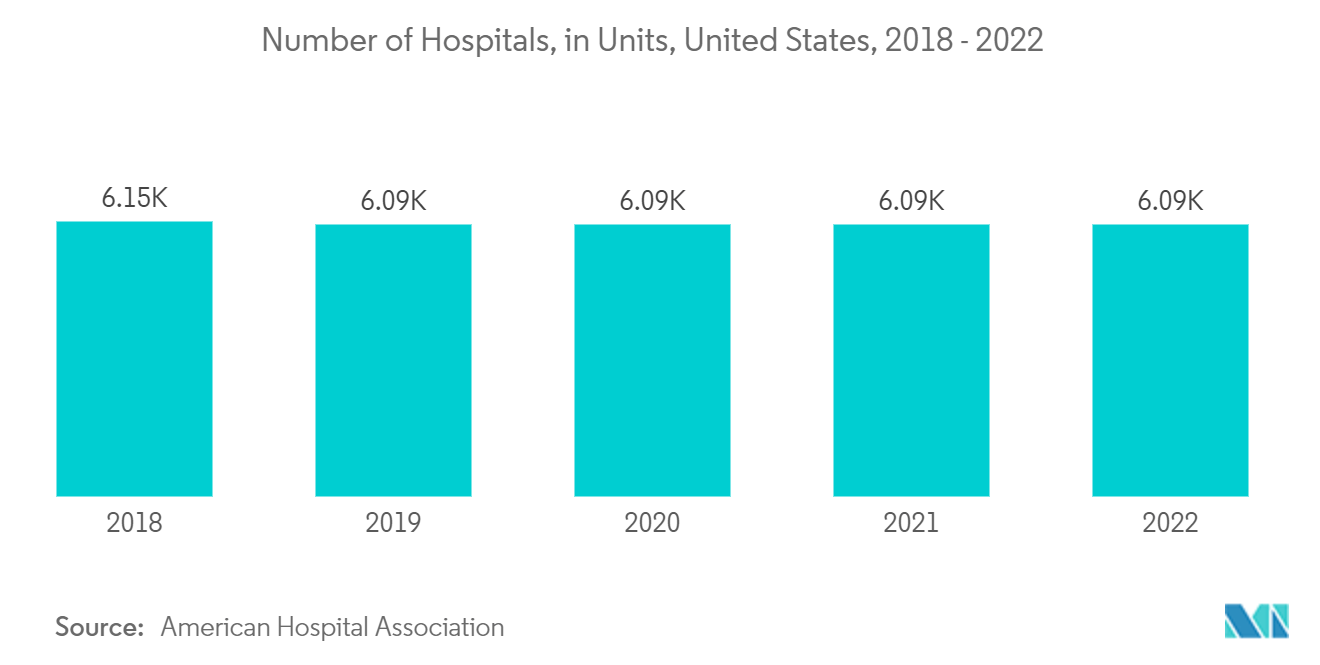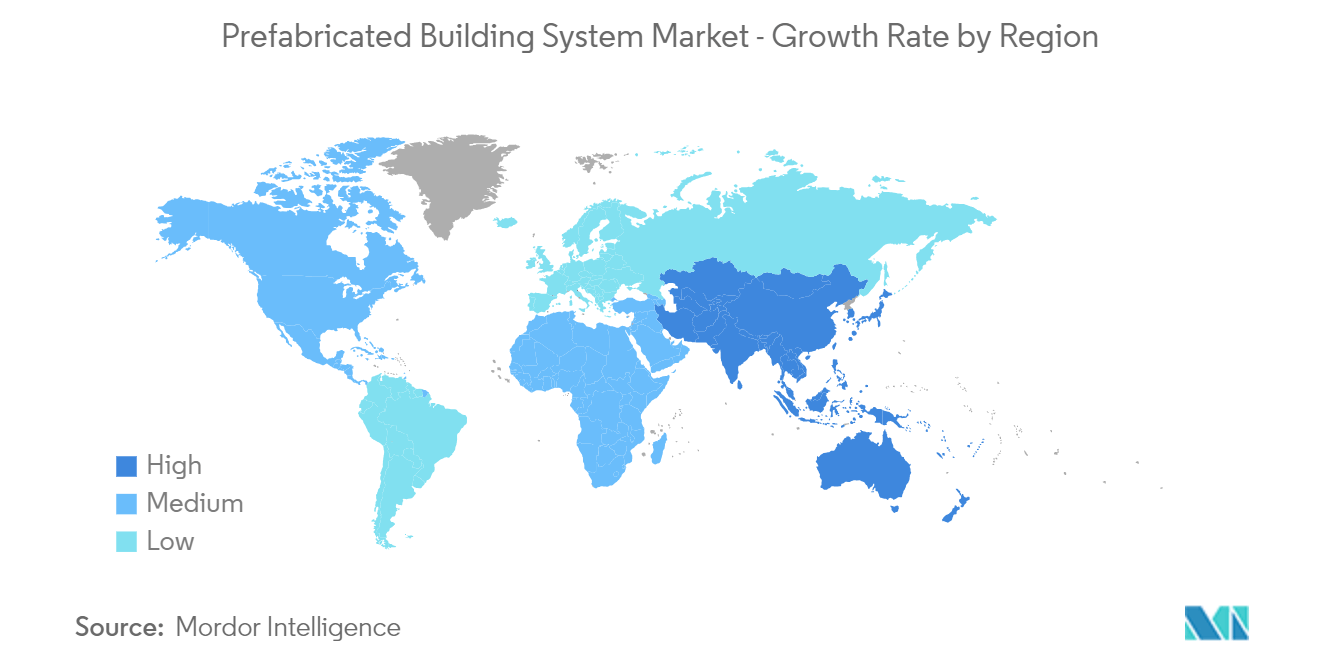Market Trends of Prefabricated Building System Industry
Non-Residential Segment to Expand at a Lucrative Rate
- The market for industrial modular buildings is growing at a faster pace due to the larger benefits of off-site construction. Off-site construction is becoming more popular in developing nations due to accelerated project timelines, greater flexibility, more economical pricing, safer and greener construction technology, and the ability to service remote locations.
- The demand for prefabricated building systems in the industrial and institutional sectors has increased as they fulfill short-term necessities at lower costs. The buildings of permanent prefabricated building systems include manufacturing facilities, hospital facilities, educational classrooms, police stations, fire stations, etc.
- The government of the United Kingdom had announced initiatives to construct new schools as a top priority. School renovation projects in England are expected to create an upside for the prefabricated building system market. For instance, according to a publication by the United Kingdom government in December 2022, in England, 239 school buildings were to be transformed as part of a revolutionary ten-year program.
- In addition to the school rebuilding program, the government is continuing to invest in the school estate with annual capital funding. Over GBP 13 billion (USD 16.07 billion) has been allocated for the previous 8 years to maintain and improve school facilities across England, including GBP 1.8 billion (USD 2.226 billion) in the financial year 2022-23.
- Moreover, the government is also setting out school funding allocations for local authorities for next year, following the extra GBP 2 billion (USD 2.473 billion) funding boost for schools for next year and the year after announced in the Autumn Statement. School funding will be at its highest-ever level in real terms per pupil, totaling GBP 58.8 billion (USD 72.729 billion) by 2024-25.
- Various regions in the United States, including Florida, San Diego, and Chicago, have constructed new hospitals or expanded their original bases in recent years. Additionally, according to the Health Facilities Management Association survey, the construction of outpatient facilities has significantly increased across the board compared to the previous year. For instance, there is a sizeable increase in hospitals building or planning physical plant infrastructure projects, which increased from 11% in 2021 to 16% in 2022.
- All the above-mentioned factors are expected to augment the demand for the prefabricated building system market during the forecast period.

Asia-Pacific Region to Dominate the Market
- The Asia-Pacific region dominated the global market share. With growing residential and industrial activities, the region's demand for prefabricated building systems is increasing.
- Despite volatile growth in the real estate sector, the Chinese government's significant development of rail and road infrastructure (to withstand the demand stemming from the growing industrial and service sectors) has resulted in significant growth in the Chinese construction industry in recent years. For instance, according to the National Bureau of Statistics (NBS) of China, in 2022, the output value of construction works in China amounted to CNY 27.63 trillion (USD 4108.581 billion), an increase of 6.6% compared with 2021.
- As the construction industry is dominated by state-owned and private enterprises, increased government and private spending is expected to push the industry toward global primacy. In recent years, the entry of major construction players (from the European Union) in China has further fueled the growth of this industry.
- Furthermore, in 2021, the value of newly signed contracts in the construction industry was CNY 134.5 billion (USD 19.52 billion), an increase of 2.5% year-on-year, and the growth rate narrowed by 7.1% compared with the same period last year. In January 2022, China unveiled plans to develop its construction industry during the 14th Five-Year Plan (2021-2025), paving a pillar of the country's economy on a greener, smarter, and safer path. Increasing contracts from construction is expected to have an upside potential for the prefabricated building system market.
- Moreover, the residential sector in India is on an increasing trend, with government support and initiatives further boosting demand. According to the India Brand Equity Foundation (IBEF), the Ministry of Housing and Urban Development (MoHUA) allocated USD 9.85 billion in the 2022-2023 budget to construct houses and create funds to complete the halted projects.
- The significant infrastructure projects in Asia-Pacific are expected to boost the regional market. For instance, according to the India Brand Equity Foundation (IBEF), in the Union Budget 2022-2023, the Indian government allocated USD 17.24 billion to the National Highways Authority of India (NHAI). Therefore, this is expected to create demand for prefabricated building systems in the country.
- Modular buildings are commonly used as they are often completed 30-50% faster than conventional structures. This significantly reduces the overall time and cost. Therefore, these advantages of modular buildings are expected to create upside demand for the prefabricated building system market.
- The Japanese government also constantly focuses on major long-term projects, like the Maglev railway's long-term and short-term development plans. The country is expected to witness an upgrade of highway networks and a new rail link to Haneda Airport in Tokyo.
- Hence, such positive growth trends are anticipated to boost the demand for the market studied.


